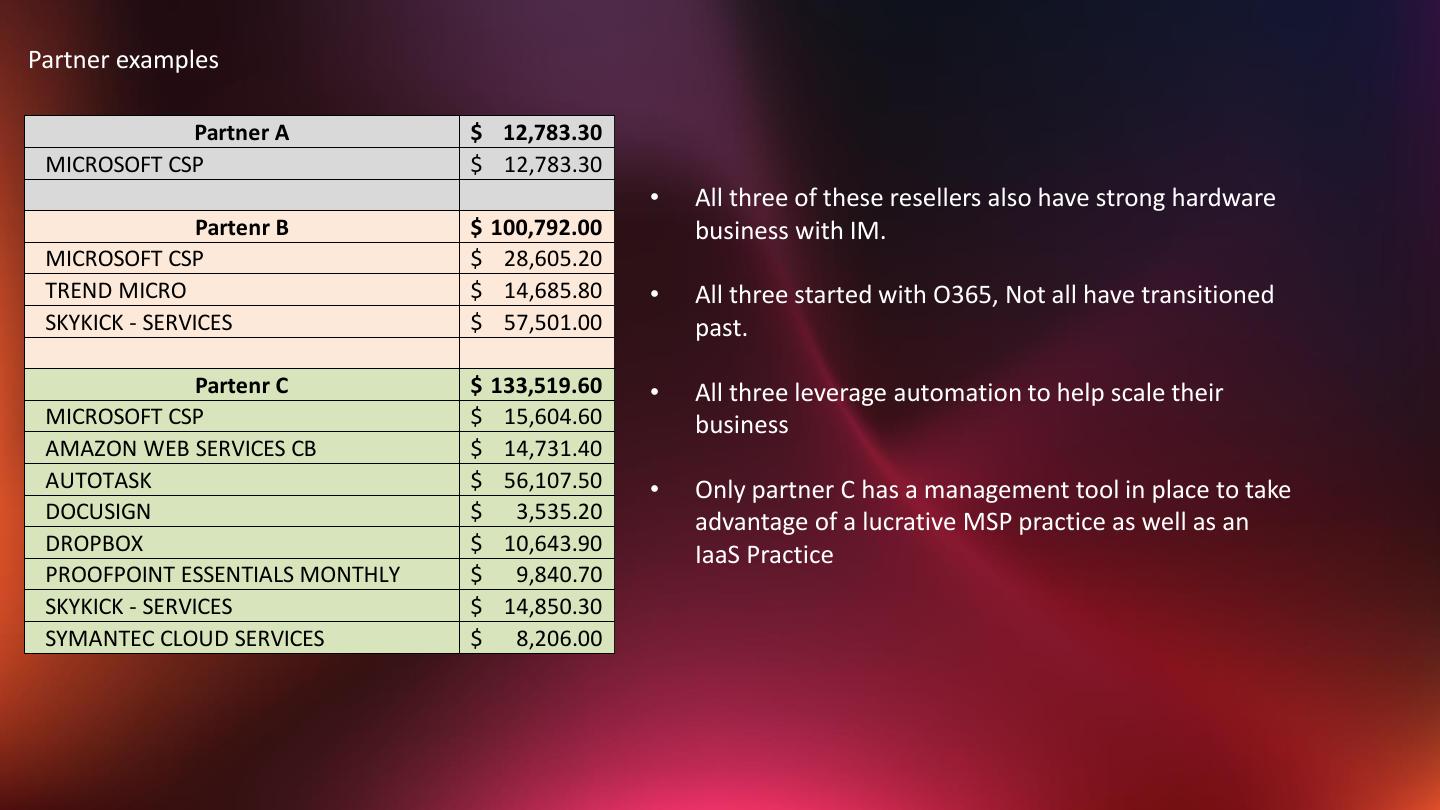Understanding DSCR Loans: What Is It and How Does It Impact Your Financing Options?
#### DSCR Loan: What Is It?A Debt Service Coverage Ratio (DSCR) loan is a financing option primarily used in real estate and commercial lending. The DSCR is……
#### DSCR Loan: What Is It?
A Debt Service Coverage Ratio (DSCR) loan is a financing option primarily used in real estate and commercial lending. The DSCR is a financial metric used to assess an entity's ability to generate enough income to cover its debt obligations. In simpler terms, it measures the cash flow available to pay current debt obligations. A DSCR greater than 1 indicates that the entity generates sufficient income to cover its debts, while a DSCR less than 1 means that the entity does not generate enough income to meet its debt obligations.
#### The Importance of DSCR in Loan Approval
Lenders often use the DSCR as a key factor in determining whether to approve a loan application. A higher DSCR indicates a lower risk for lenders, as it suggests that the borrower has a stable income stream to service the debt. For instance, if a borrower has a DSCR of 1.5, it means they have $1.50 of income for every $1.00 of debt. This gives lenders confidence in the borrower's ability to repay the loan.
#### How to Calculate DSCR
Calculating the DSCR is straightforward. The formula is:
\[ \text{DSCR} = \frac{\text{Net Operating Income (NOI)}}{\text{Total Debt Service}} \]
Where:

- **Net Operating Income (NOI)** is the total income generated from a property minus operating expenses.
- **Total Debt Service** is the total amount of debt obligations, including principal and interest payments.
For example, if a property generates an NOI of $120,000 and has total debt service of $100,000, the DSCR would be:
\[ \text{DSCR} = \frac{120,000}{100,000} = 1.2 \]
This means the property generates 20% more income than is required to pay its debts.
#### Types of DSCR Loans

There are various types of DSCR loans available, including:
1. **Commercial Real Estate Loans**: These are loans specifically for purchasing or refinancing commercial properties. Lenders typically look for a DSCR of at least 1.25 to 1.35 for these loans.
2. **Investment Property Loans**: Investors seeking loans for rental properties will also be evaluated based on their DSCR. A DSCR of 1.2 or higher is often preferred.
3. **Construction Loans**: These loans finance the construction of new properties. Lenders will assess the projected income and expenses to determine the DSCR before approval.
#### Benefits of DSCR Loans
One of the primary benefits of DSCR loans is that they allow borrowers with strong cash flow to secure financing even if they have limited personal income. This is particularly advantageous for real estate investors, as it focuses on the performance of the property rather than the borrower's personal financial situation. Additionally, a favorable DSCR can lead to better loan terms, such as lower interest rates and reduced fees.

#### Challenges and Considerations
While DSCR loans offer numerous benefits, there are challenges to consider. A high DSCR can be difficult to achieve, especially for new properties or those in less desirable locations. Additionally, lenders may impose stricter requirements for properties with lower DSCRs, which can limit financing options.
In conclusion, understanding what a DSCR loan is and how it functions is crucial for anyone looking to secure financing for real estate or commercial ventures. By maintaining a healthy DSCR, borrowers can improve their chances of loan approval and potentially secure better terms. Whether you're a seasoned investor or a first-time buyer, grasping the concept of DSCR will empower you to make informed financial decisions.